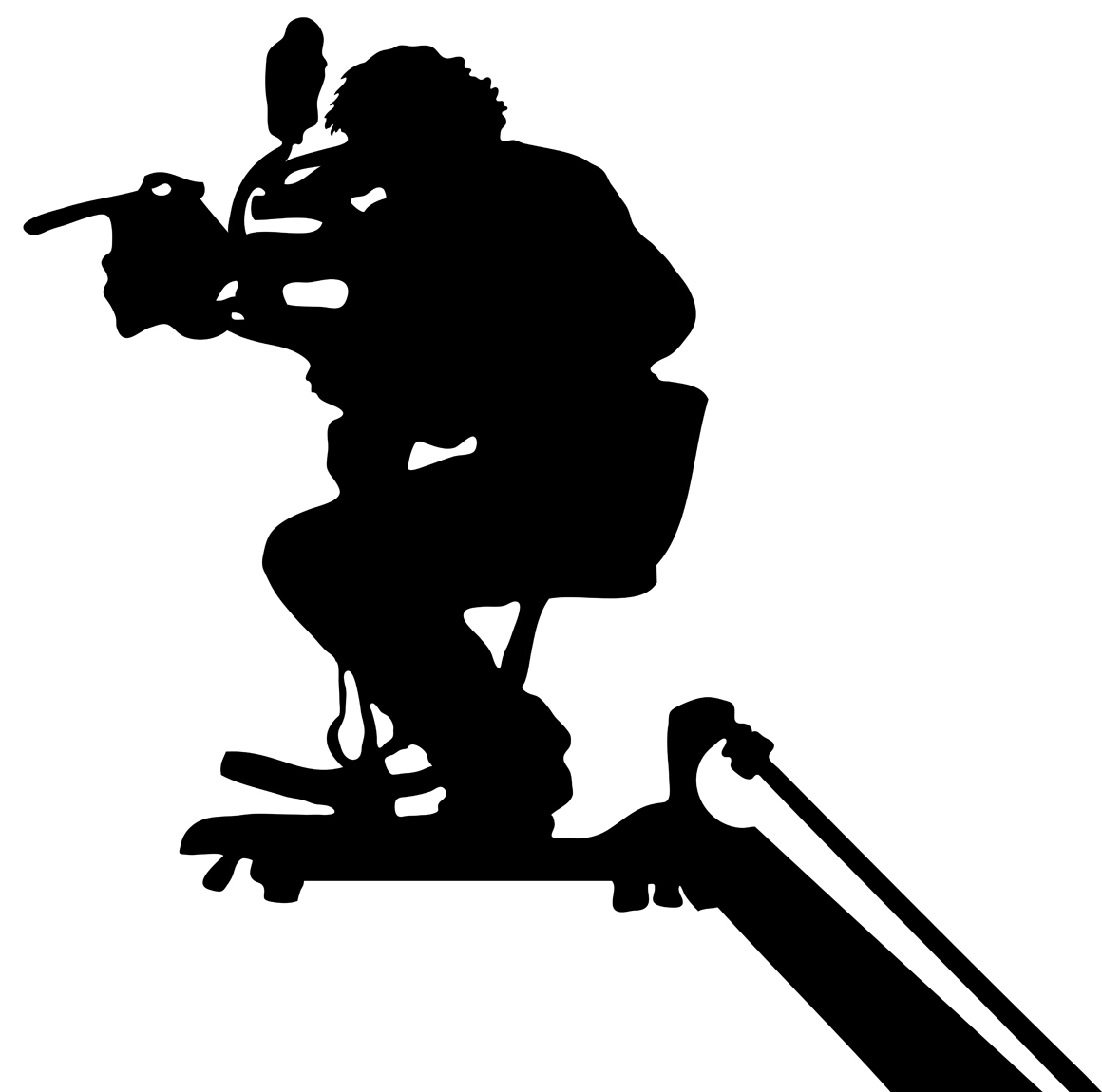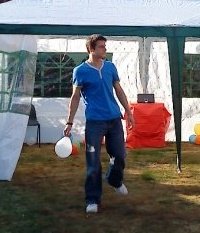Screenwriter- A Screenwriter creates a screenplay known as a written version of a movie before it is
filmed. This is either based on previously written material, such as a book or a play, or
as an original work. A Screenwriter may write a screenplay, then
try to sell it, or the Screenwriter may be hired by a Producer or studio to write a
screenplay on given specifications such as age range and style. Screenplays are often rewritten, and it’s not
uncommon for more than one Screenwriter to work on a script.
Producer- A Producer is given control over the entire production of a motion picture. The success or failure of the motion picture project, is put to the producer. The producer is involved with the project from start to finish.
His task is to organize and guide the project successfully. He organizes the development of the film, and is quite active in the pre-production phase. Once filming begins, generally the role of the Producer is to supervise and give suggestions.
 Director-
Director- The Director interprets the script from the film into his work. The Director must be able to lead and control people, have them do what he or she wants them to do, yet remain on good terms.While in production, the Director not only oversees actors, but also works with the Director of Photography, instructs the major technical people, Make sure that they are with in the budget, and deals with outside pressures. The Director is ultimately responsible for what happens on the set.
Director of Photography- also known as the DP, DOP, or Cinematographer, is responsible for the quality of the
photography and the cinematic look of the film. The Director of Photography transforms the Screenwriter's and
Director's concepts into visual images. Using his or her knowledge of lighting, lenses, cameras, and film
emulsions, the Director of Photography creates the appropriate mood, atmosphere, and visual style of each shot
to show the emotions that the Director desires.Working closely with the Director, he determines the camera angles, shot composition, and camera movement for every shot. The Director of Photography then decides upon the lighting equipment and the type and number of cameras that will be required for shooting. The Director of Photography orders the lights and cameras to be set up in such a way to attain the desired effect.
Costume Designer- conceives and draws designs for the costumes to be worn by the actors in the movie. The costume designs must be approved by the Art Director, Director, and Producer before going to the Seamstress, the person who actually makes the costumes.
A Stunt Coordinator- is responsible for choreographing stunts and making sure the stunt is relatively safe, but still realistic.
A Stunt Person (or Stunt Performer)- a specialist actor, actually performs stunts, which are often risky pieces of physical action. Stunts range from fight scenes to a fall from a cliK to a head-on collision with an oncoming truck. Many stunts are actually less dangerous than they appear because of appropriate camera angles, lenses, and editing.
The Sound Designer- oversees all the audio elements of a motion picture; similar to what a Production Designer does for the visual elements.
 The Camera Operator (or Cameraman)-
The Camera Operator (or Cameraman)- rolls the camera and stops it on
cue, as instructed by the Director of Photography. The Camera Operator's
responsibility is to achieve smooth camera movement and produce
satisfactory pictorial images.
Information from
http://motion.kodak.com/motion/uploadedFiles/US_plugins_acrobat_en_motion_newsletters_filmEss_10_film-crew.pdf















